Description
Studieblad met kleurproeven by Willem Witsen printed on a T-Shirt
About the T-Shirt
Regular fit
Standard length, the fabric easily gives into movement
Casual wear
A classic, everyday option loved by our customers
Side-seamed
Constructed by sewing two parts together, creating a fitted look
The Unisex Staple T-Shirt feels soft and light with just the right amount of stretch. It’s comfortable and flattering for all. We can’t compliment this shirt enough–it’s one of our crowd favorites, and it’s sure to be your next favorite too!
- Solid colors are 100% Airlume combed and ring-spun cotton
- Ash color is 99% combed and ring-spun cotton, 1% polyester
- Heather colors are 52% combed and ring-spun cotton, 48% polyester
- Athletic and Black Heather are 90% combed and ring-spun cotton, 10% polyester
- Heather Prism colors are 99% combed and ring-spun cotton, 1% polyester
- Fabric weight: 4.2 oz./yd.² (142 g/m²)
- Pre-shrunk fabric
- 30 singles
- Side-seamed construction
- Tear-away label
- Shoulder-to-shoulder taping
- Blank product sourced from Nicaragua, Mexico, Honduras, or the US
Willem Witsen (1860-1923)
Willem Witsen was a Dutch painter and photographer associated with the Amsterdam Impressionism movement.
Witsen’s work, influenced by James MacNeill Whistler, often portrayed calm urban landscapes as well as agricultural scenes. He also created portraits and photographs of prominent figures of the Amsterdam art world, as well as other artists, such as French Symbolist poet Paul Verlaine.
He was born in a wealthy ruling-class family, dating back to the governing families of the 17th century, of whom Cornelis Jan Witsen and his son Nicolaes Witsen were members. He studied at academies in Amsterdam and Antwerp.
As a student at the Amsterdam Rijksacademie van Beeldende Kunsten (Academy of Visual Arts), Willem Witsen was a board member of the artists association Sint Lucas. He was the founder of the Nederlandse Etsclub (Dutch Etching Club).
Witsen belonged to the Tachtigers, a group of young artists who proclaimed the principle of l’art pour l’art Art for art’s sake. The group influenced Dutch artistic and political life during the 1890s. Witsen wrote under a pseudonym in the literary magazine De Nieuwe Gids, which he also supported financially. His circle of friends included the painters George Hendrik Breitner, Isaac Israëls, and Jan Veth and the writers Lodewijk van Deyssel, Albert Verwey, Willem Kloos, and Herman Gorter.

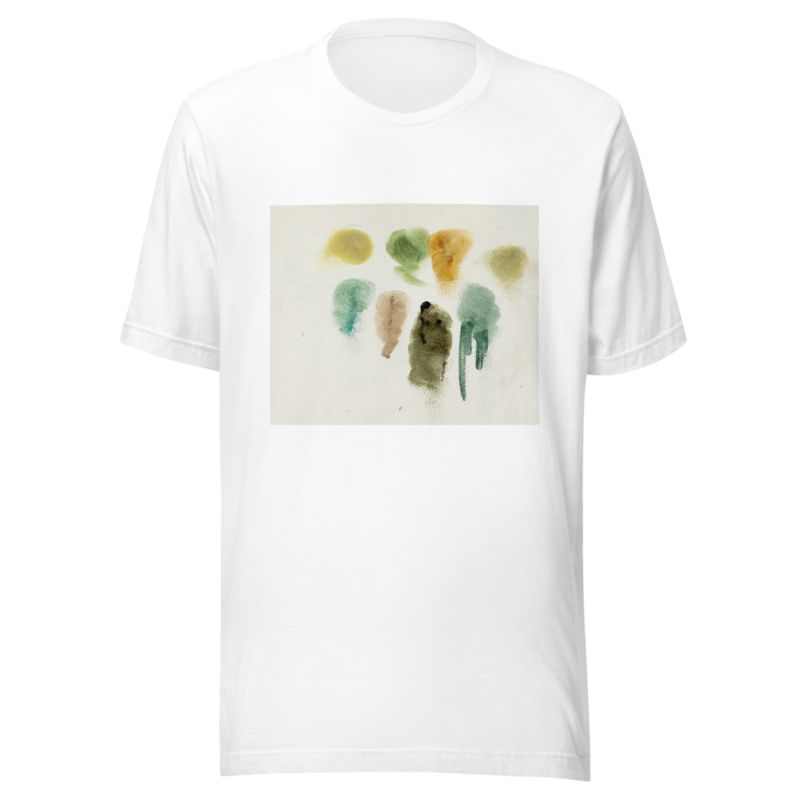
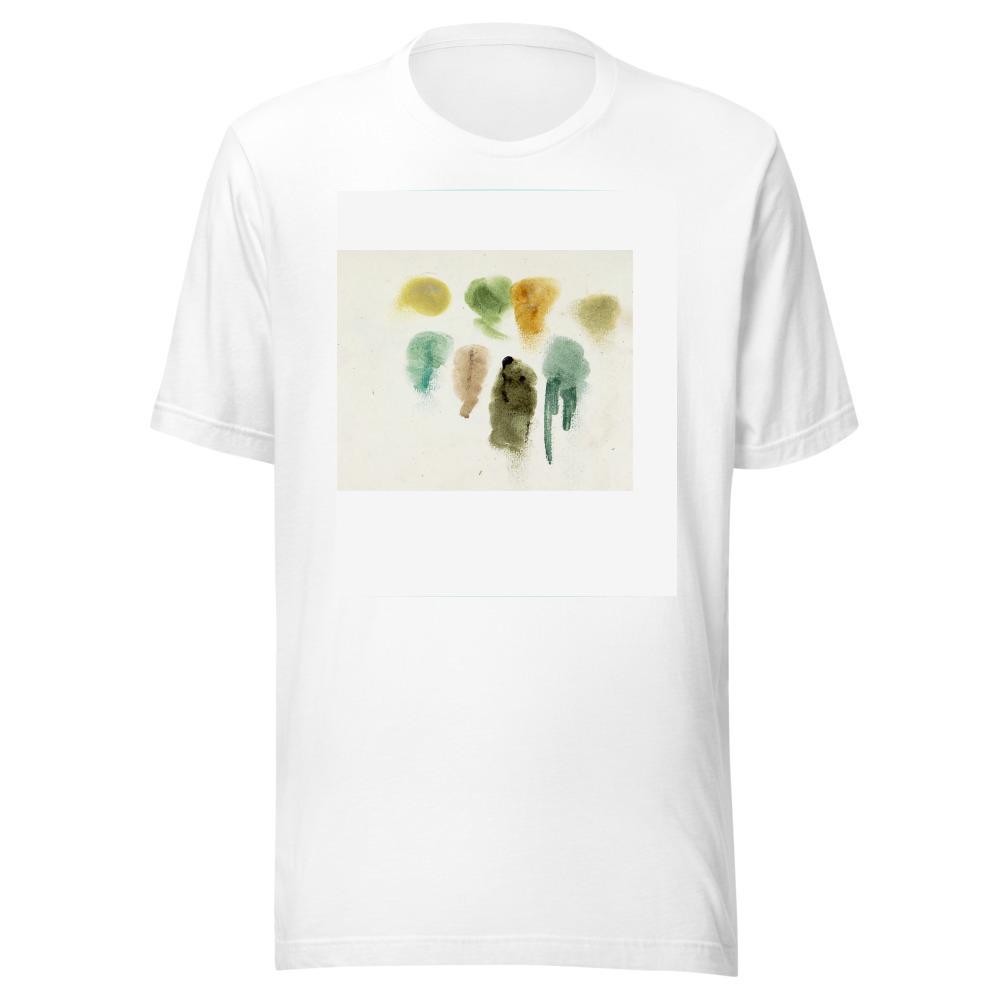
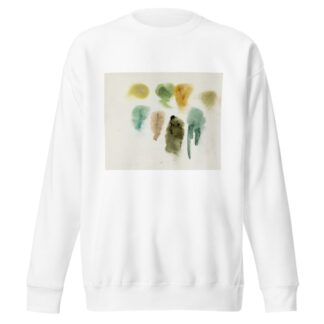
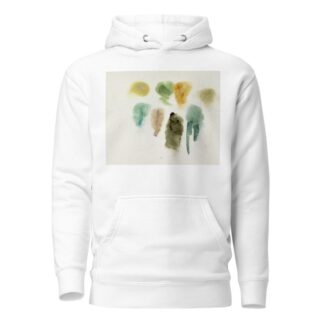
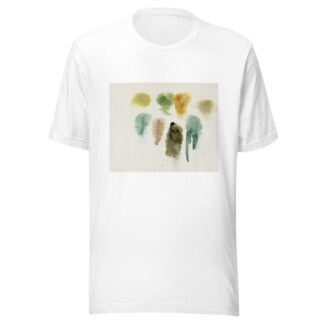
Reviews
There are no reviews yet.